Henry VIII, for example, had around 2,000 tapestries hanging in his various palaces.
A tapestry is created by weaving colored weft threads through plain warp threads.
The complex technique allows the maker to create tapestries that illustrate colorful scenes.
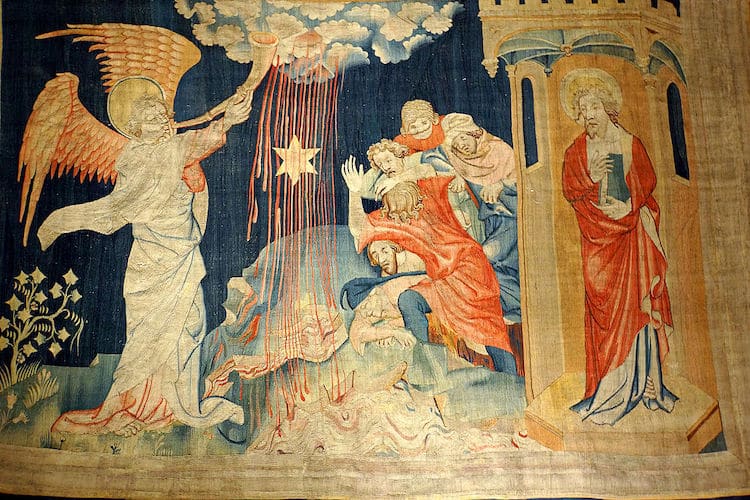
“Apocalypse Tapestry” (detail) (Photo: CC BY-SA 2.0, viaWikimedia Commons)
Read on to discover five tapestries from history that contain fascinating tales, rendered in thread.
Unravel the intricate stories behind these five famous tapestries.
The 140 meters long, six-meter-high tapestry features around 90 scenes woven in colorful thread spread over six panels.
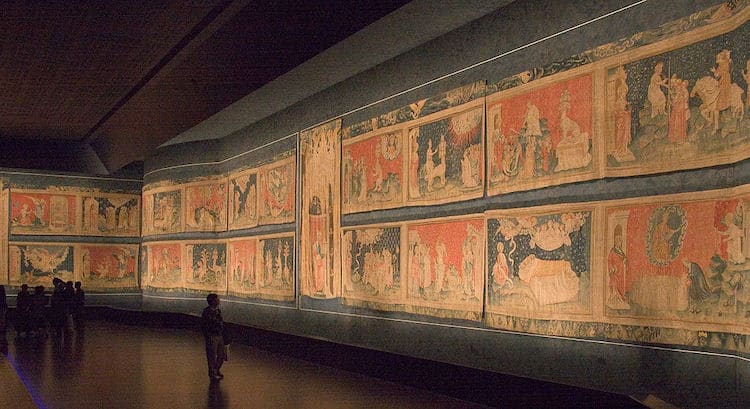
The “Apocalypse Tapestry” 1377-1382 (Photo: CC BY-SA 3.0, viaWikimedia Commons)
Although the theme of the apocalypse is somewhat bleak, the tapestry actually displays a positive message.
TheApocalypse Tapestrynow sits in the castle Chateau d’Angers in west-central France.
TheUnicorn Tapestriesare currently housed inThe Met Cloisters Museumin New York.
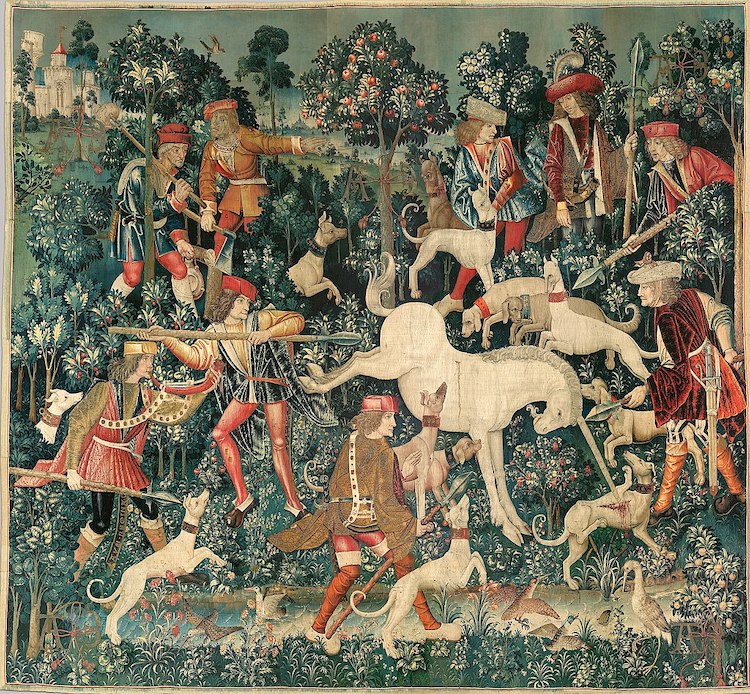
“The Unicorn Defending Himself” from the “Unicorn Tapestries” series, 1495–1505 (Photo: Public domain, viaWikimedia Commons)
TheLady and the Unicornseries was designed in Paris and woven in Flanders around 1500.
Fun fact: All six tapestries covered the walls in the Gryffindor Common Room in theHarry Potterfilm series.
The set is now on display in theMusee de Clunyin Paris.
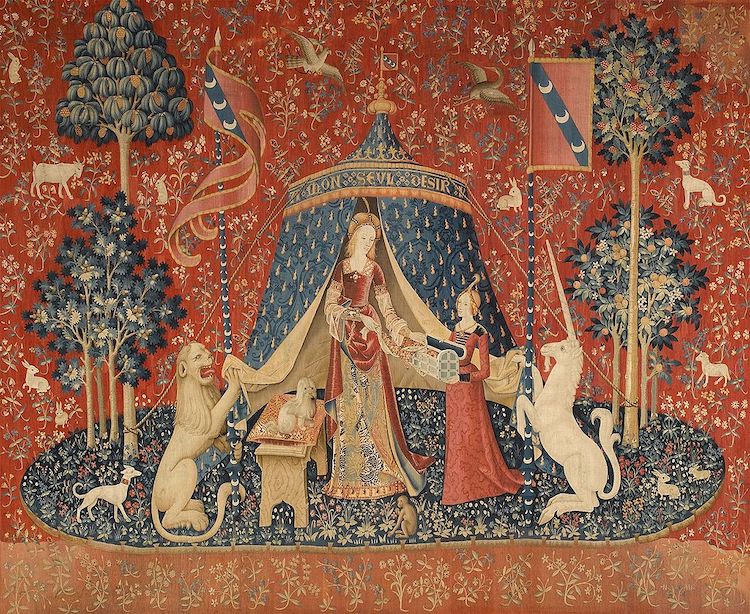
“The Lady and the Unicorn” 1484-1500 (Photo: Public domain, viaWikimedia Commons)
It begins with the journey to Normandy in 1064.
However, today it still provides a fascinating and accurate depiction of the Middle Ages.
Luckily, the piece survived both the French Revolution and the Nazi occupation of France.
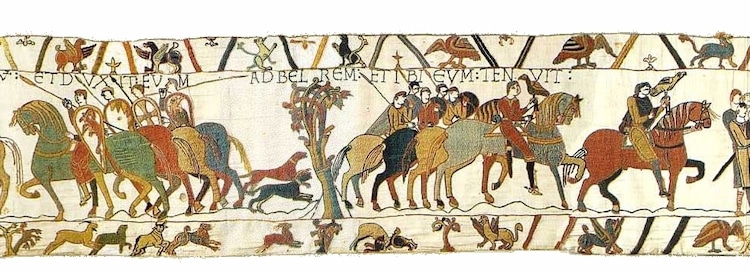
“Bayeux Tapestry” (detail), c. 1051-1099 (Photo: Public domain, viaWikimedia Commons)
It now stays at theMusee de la Tapisserie de Bayeuxin Bayeux, Normandy.
The almost 600-year-old works are the only great 15th Century hunting tapestries to survive.
However, it wasrecently announcedthat two of the tapestries are returning to Chatsworth House.

“The Devonshire Hunting Tapestries; Swan and Otter Hunt” 1430-1450 (Photo: Public domain, viaWikimedia Commons)
The current Duke of Devonshire said it was a great privilege to have them back.